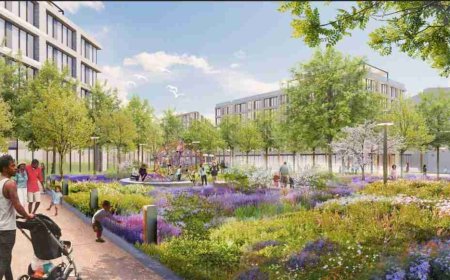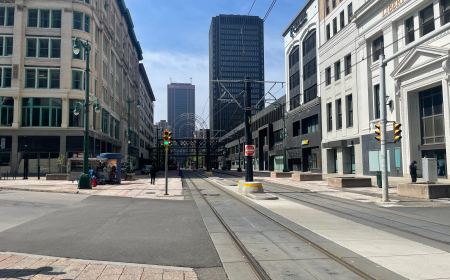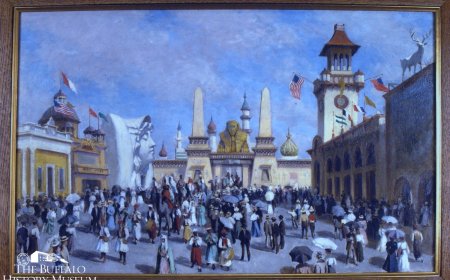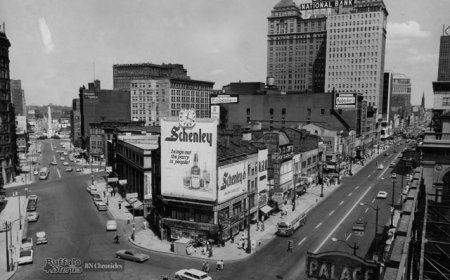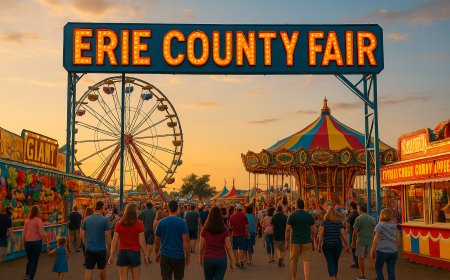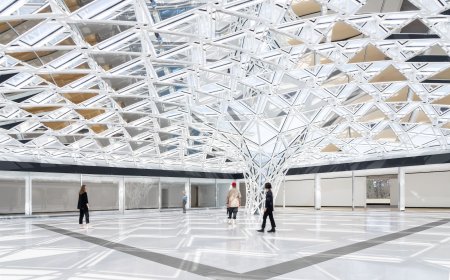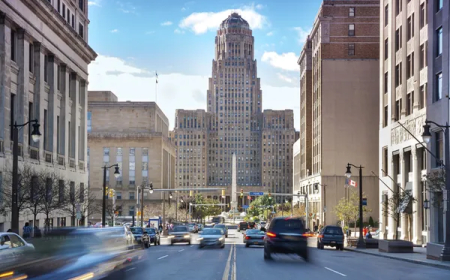The Millionaire's Row That Time Forgot: Delaware Avenue's Golden Age
Walk through Buffalo's lost Gilded Age when Delaware Avenue rivaled Fifth Avenue as America's most elegant residential street.
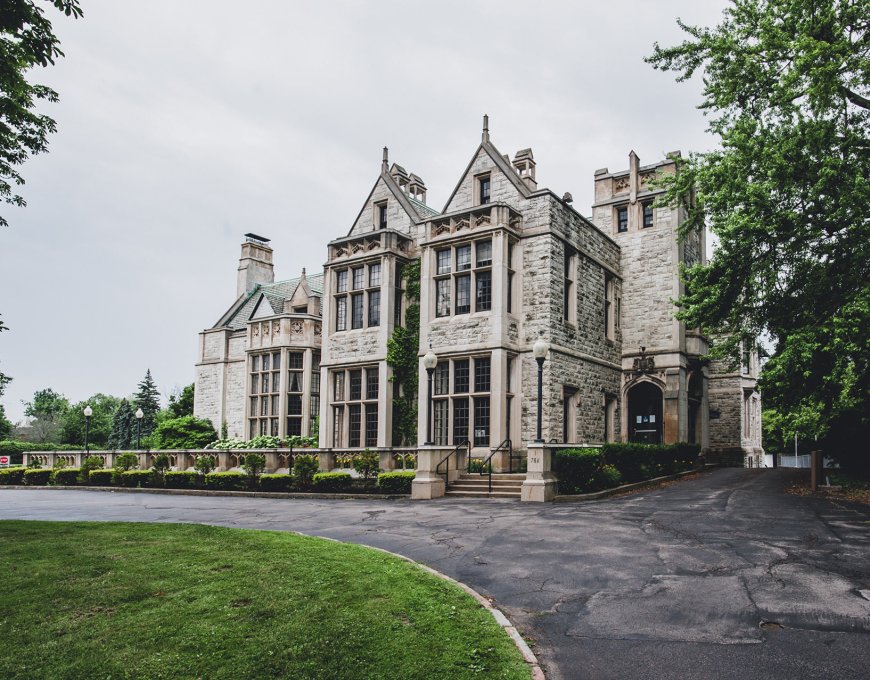
Delaware Avenue once stood as one of America's grandest residential boulevards, a tree-lined corridor of Gilded Age mansions that housed the industrial barons who built Buffalo into one of the nation's wealthiest cities. From North Street to Forest Avenue, the wide boulevard showcased architectural masterpieces designed by the era's most celebrated architects, including H.H. Richardson, Stanford White, and local master E.B. Green.
Families like the Knoxes, Albrights, Goodyears, and Rumseys built palatial homes that reflected Buffalo's status as America's eighth-largest city and a center of steel, grain, and electric power industries.
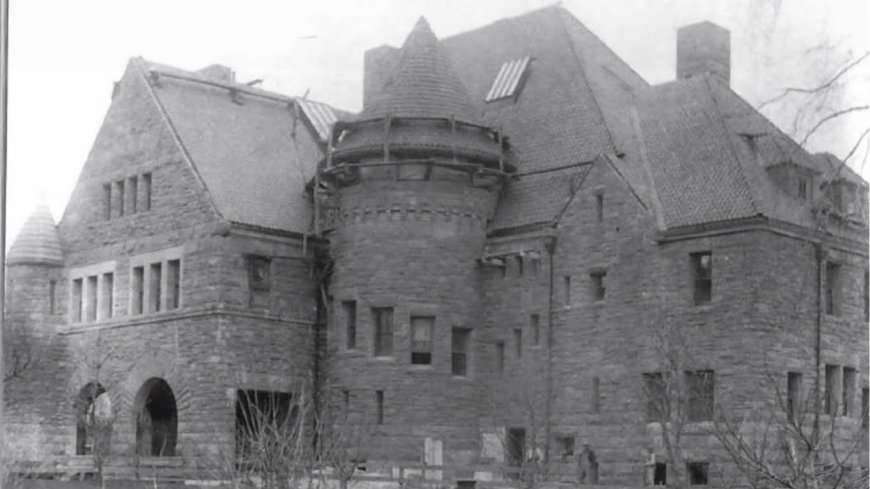
The street's golden age spanned from 1880 to 1920, when Buffalo's per-capita wealth rivaled New York and Boston, and Delaware Avenue mansions hosted elaborate social seasons that attracted visitors from across the country. Each mansion told a story of American success: the Knox estate showcased art collections that would found museums, while the Rumsey mansion introduced architectural innovations that influenced residential design nationwide.
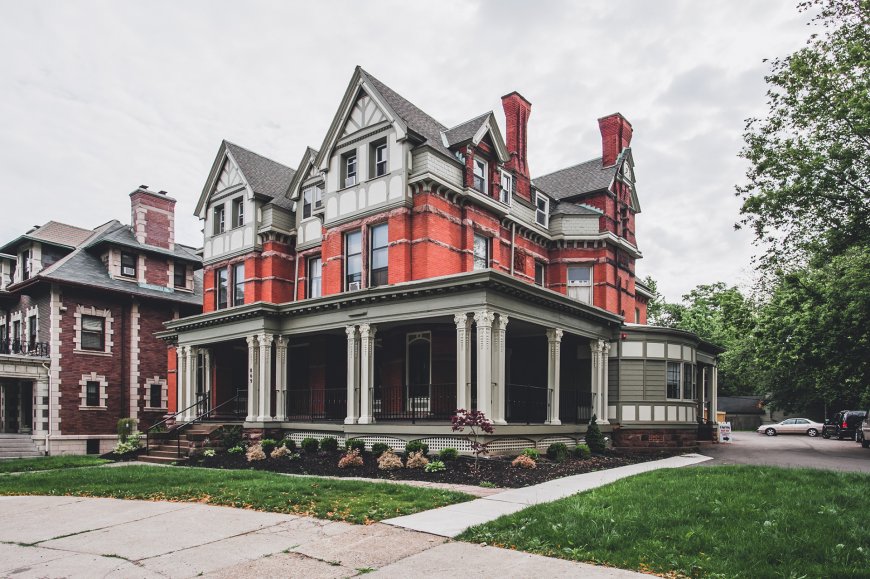
The decline began in the 1920s as families moved to newer suburbs and city taxes made maintaining large homes prohibitively expensive. Today, only a fraction of the original mansions survive, converted to apartments or institutional use, but walking Delaware Avenue still reveals glimpses of Buffalo's Gilded Age grandeur and the incredible wealth that once defined Western New York's social landscape.
What's Your Reaction?
 Like
0
Like
0
 Dislike
0
Dislike
0
 Love
0
Love
0
 Funny
0
Funny
0
 Angry
0
Angry
0
 Sad
0
Sad
0
 Wow
0
Wow
0

